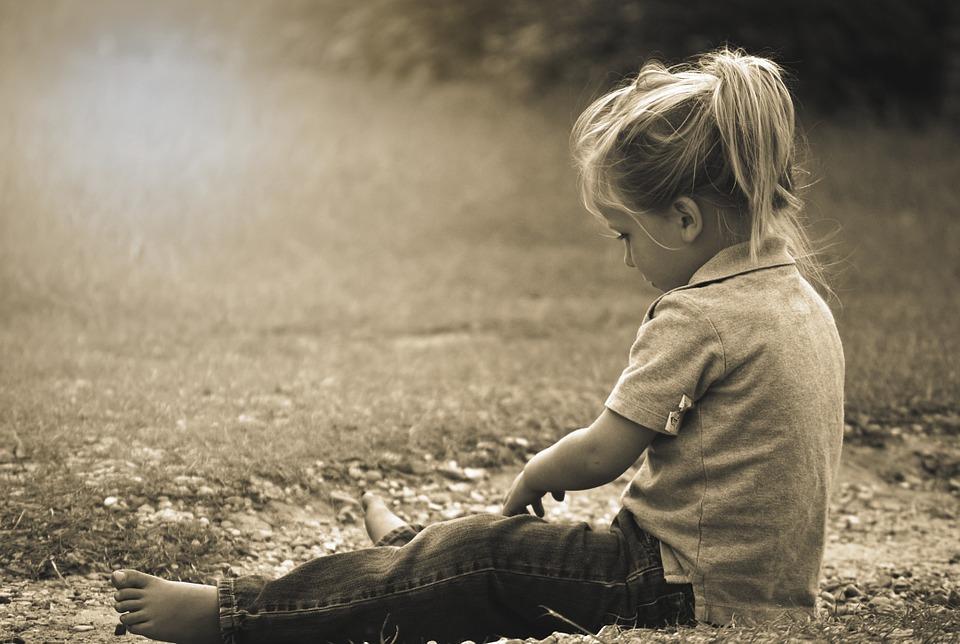According to the data compiled by the General Survey of Victimization 2014, 33% of all Canadians between the ages 1 to 15 experience maltreatment in one form or another during their childhood. This report collated by Statistics Canada also reflected that over 93% cases of child abuse remain unreported to authorities or unidentified by the parents or caretakers of the child.
Child abuse, irrespective of its form, has a direct impact on a child’s physical and psychological well-being and can have far-reaching consequences on her development. Being privy to the signs of abuse and possessing the information relevant to dealing with the offense can help parents and guardians stop this cycle of abuse and seek damages for the grievances.
Here are a few steps to deal with child abuse and how family law firms in Edmonton can help victims convalesce effectively:
1) Understand The Import of Child Abuse
The Canadian Red Cross defines child abuse as any form of maltreatment, physical, psychological, emotional, and lack of care which has a detrimental effect on a child’s growth and security. This is inclusive of a breach of trust or the misuse of authority by a familial or nonfamilial individual.
Child abuse can occur in many forms and can be perpetrated by anyone. Hence, it is essential for parents and caretakers to understand the forms of this abuse and the distinctions between them. The different ways a child can be confronted with this mistreatment include:
- Physical
- Psychological
- Emotional
- Sexual
- Neglect
2) Recognize the Signs of Abuse
Despite their distinctive forms, most abuses have a detrimental effect on a child’s behaviour and development. Psychological and emotional abuse includes habitual humiliation, rejection and manipulation of a child’s thought process by a person of trust. It can be elusive for a parent to recognise but it does has clear and distinctive signs.
A child subject to emotional or mental abuse usually exhibits signs of withdrawal, lack of appetite, insomnia and demonstrates behaviours ranging towards the extreme ends of the spectrum, in form acute passivity or severe aggressiveness.
Physical abuse takes place when a person of authority or an individual trusted by the child strikes her or causes her substantial and visible injury. This is one of the easiest recognisable forms of abuse which has a direct effect on a child’s physical health.
3) Report the Abuse
Any form of child abuse is entirely intolerable and needs to be dealt with propinquity and circumspection. If you suspect a child has been subjected to any of the above mistreatments, immediately report about the same to First Nations Child and Family Services office or Child and Family Services Authority office. You can also dial the Child Abuse Hotline of Alberta at 1-800-387-5437 to connect to a caseworker or a provincial authority.
4) Consult A Family Law Firm
Legal proceedings for cases of child abuse and neglect can be usually protracted for the caretakers and the victims. It is recommended to consult one of the practiced family law firms in Edmonton such as Prowse Chowne to make the process of litigation easier for the child.
Contact our legal experts to know more about cases regarding child abuse and ways a family can deal with this transgression.

